Should you use a softbox, or an umbrella? Even though they serve similar purposes, which is to provide a larger light source (thereby softer light), there are several key differences between a softbox and an umbrella.
Softbox
This is the ideal light shaping tool for portraits, because of its versatility in controlling light spill. If you are shooting inside a small room, a softbox enables you to control the spill of light. This means that the subject (the person or object you are photographing) is illuminated in soft light, while the background (walls/ceiling/floor) receives minimal, if any, light spill or light contamination.
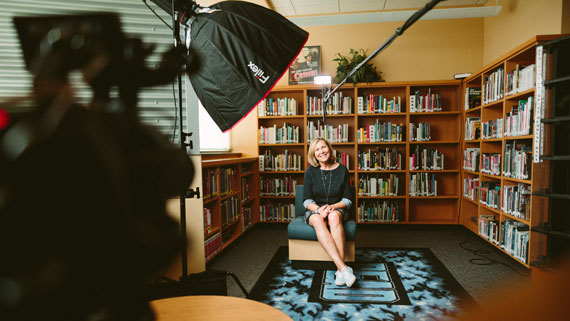
Softbox setup captured by Sam McGhee
This is useful for shooting portraits that require a darker or even pitch black background. Yes, you can even create a pitch black background without the use of a black backdrop.
A softbox makes creating flattering portraits very easy. You can use it as a key light, fill light, or even a hair light. It all depends on the lighting conditions at the location you are shooting.
There are several types of very portable softboxes that you can get. Get the largest one available, as it produces the softest light. I am currently using a 80cm x 80cm softbox which is surprisingly effective. It folds down to a very portable size, and takes only 5 minutes to set up. The softbox has two baffles to filter and soften light even further.
Umbrella
The umbrella’s distinct advantage is portability and mobility. You can bring several umbrellas on an outdoor shoot without any inconvenience. When opened, they provide beautiful, soft light, by converting your light (speedlight or a more powerful monolight with battery pack) to a larger light source. Watch out for flying umbrellas though! I’ve had several umbrellas destroyed because they caught the wind and brought my entire light stand down. Use your camera bags to secure the base of your light stand when shooting outdoors.
What the umbrella lacks in comparison to a softbox is control of light spill. When used indoors, an umbrella lights up a large part of the room, decreasing your control over how dark your background can be.
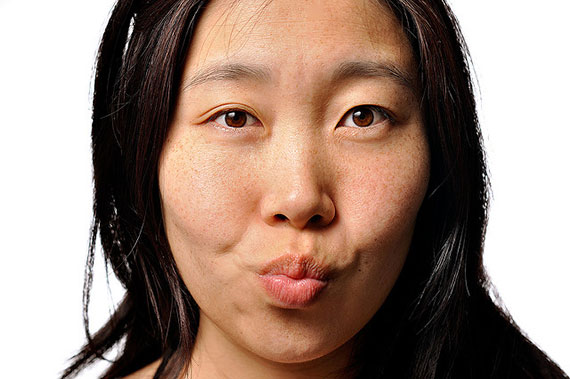
Photo by Michael Sharman
There are also different types of umbrellas. A shoot-through (my favorite) is a translucent white umbrella which your light shoots through and onto the subject. The umbrella shaft is pointed away from the subject, thereby reducing any chances of it accidentally injuring your subject. The other type is a reflective umbrella, where your light shoots into, and then bounces back onto the subject. This type of umbrella inevitably has its shaft pointing at the subject, so you can’t really go in as close as a shoot-through umbrella would allow. The closer you get to the subject, the softer the light. As the light wraps around the subject, it reduces harsh shadows.
About the Author:
Andy Lim (www.simpleslr.info) runs a photography business that spans wedding photography, commercial photography and conducting photography workshops.
Like This Article?
Don't Miss The Next One!
Join over 100,000 photographers of all experience levels who receive our free photography tips and articles to stay current:

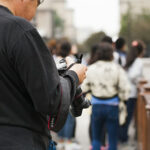

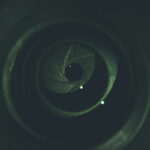
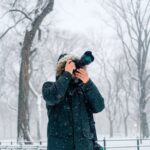

I agree with Mark Z. that some pictures of the setups themselves would have added greatly to the article. The final portraits did add to the article, though.
Well articulated article. I agree with the simple comparison of the two light diffusion sources. I read the post as two methods of artificial light control, not a piece comparing commercially available products. Let the photographer shop (research) and learn.
The uncomplicated explanation without all of our photography ligo was refreshing. The post made it clear and simple for the average photo enthusiast with out a lot of journalistic “spill words”.
Certainly, those who take the time to read will invariably learn, something.
Thanks!
thank you. nice lil tutorial!
What about the hybrid “brolly boxes”? All the portability, compactness and quality of light of an umbrella, with the control of spill of a softbox. It produces nice shaped catchlights too – very similar to that of an octobox. There are 2 types – 1 is essentially a shot through with no spill control and to my mind no advantage over a shoot through brolly, the other is based on a reflective umbrella with a diffusion layer on the front. Maybe there is a follow up article there or at least an extension to this one…
Would have liked some pics of what is described in the article instead of just some final portrait shots.